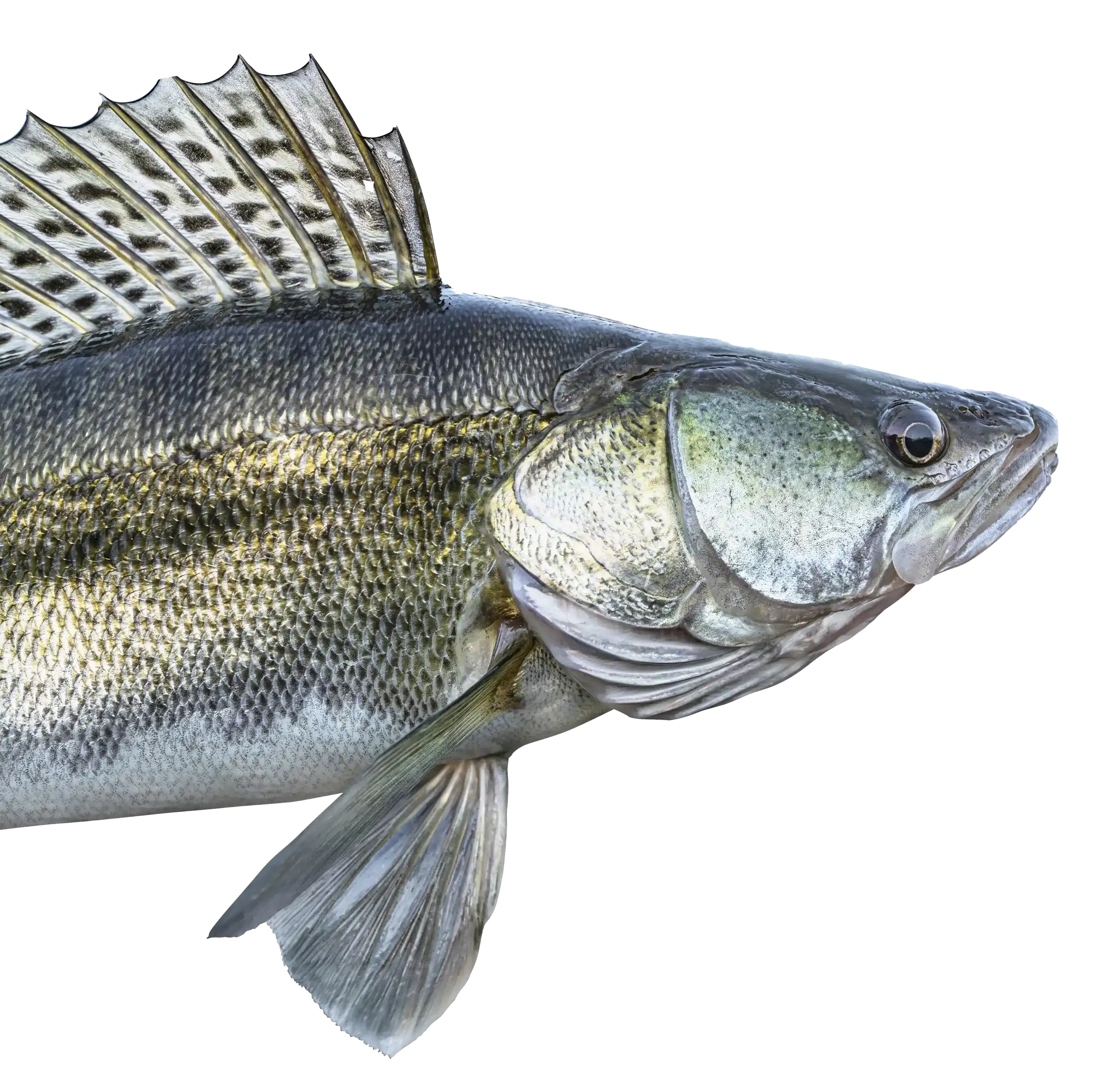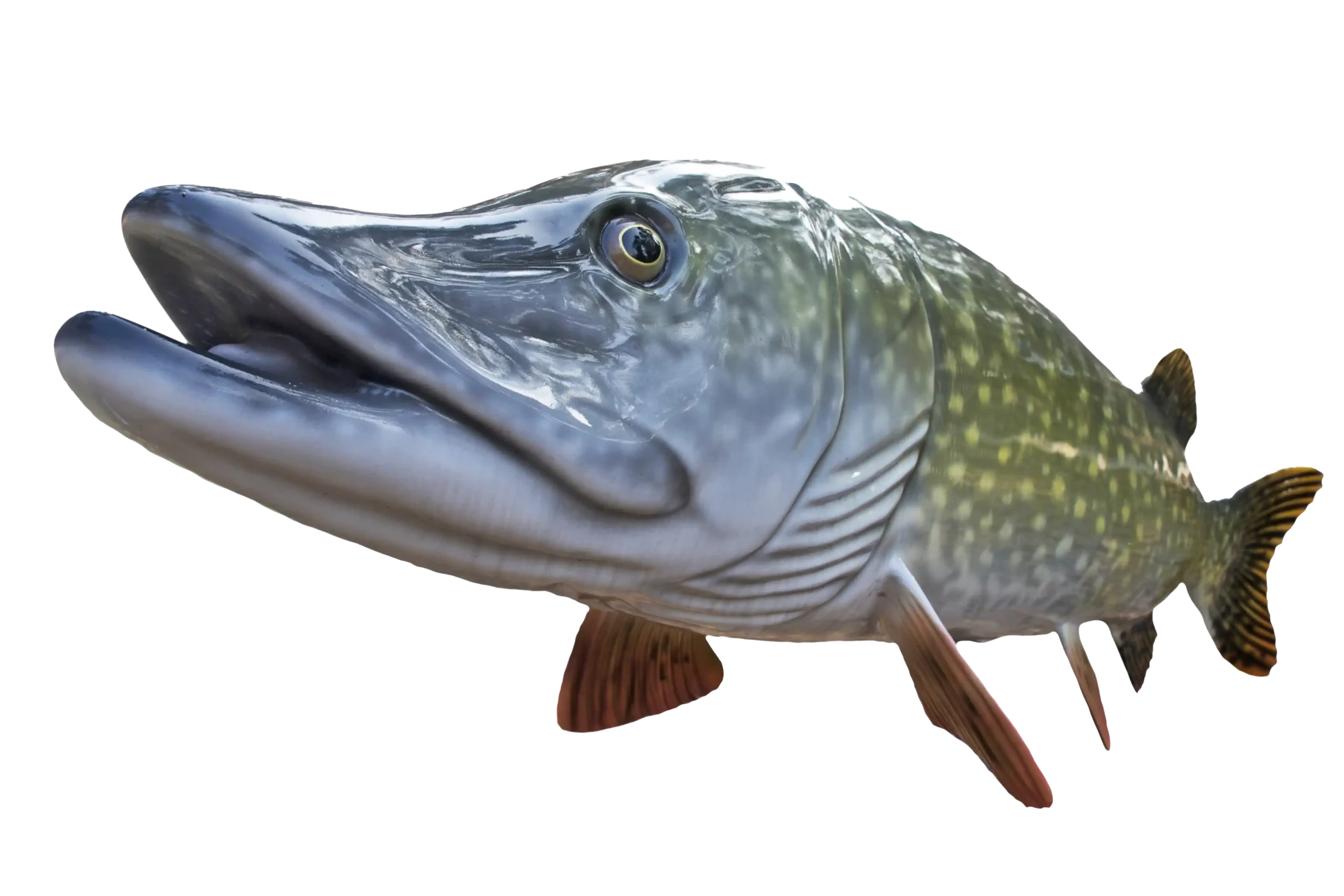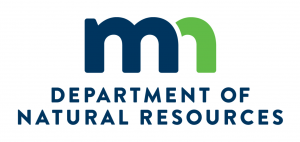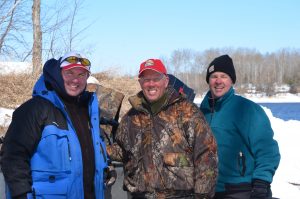

MTT. Minnesota Tournament Trail
NWT. National Walleye Tour
AIM. Angler’s Insight Marketing
Chili Bowl, Border View Lodge
Arnesen’s, Summer Tournament
River Bend Resort, Ladies tournament
Zippel Bay Resort, Northern Pike Tournament
AND MORE!
Courtesy of the MN DNR
(March 1 – April 14)
The Rainy River forms the border between Ontario and Minnesota for its entire length of about 90 miles. Anglers intending to fish Ontario waters of the Rainy River should refer to the Ontario Fishing Regulations Synopsis for details (https://www.ontario.ca/document/ontario-fishing-regulations-summary).
If you choose to fish Ontario waters of the Rainy River, you must comply with Ontario laws, and with USA-Canada border crossing regulations. This handout addresses special fishing regulations for Minnesota waters only.

On Fourmile Bay of Lake of the Woods and the Rainy River
Effective Mar. 1 – Apr. 14
Walleye/Sauger catch and release fishing is allowed during this time period. All Walleye and Sauger must be returned to the water immediately.
No harvest is allowed from Mar 1 through Apr 23. Anglers are allowed to catch-and-release lake sturgeon during this period.
There is no closed season for northern pike on the Rainy River and Lake of the Woods. The possession limit for northern pike is three. All northern pike from 30 through 40 inches must be immediately released; only one northern pike over 40 inches may be possessed.
A person may not possess or use a gaff while fishing on the Rainy River.
*The Rainy River is designated as “infested waters.” Regulations related to bait harvest, water transport, and draining water apply to these waters. For a more thorough listing of the regulations that apply to Minnesota-Ontario border waters, please see the Canada-Minnesota Border Waters section of the Minnesota Fishing Regulations synopsis.
Minnesota DNR Conservation Officers and Ontario MNR Conservation Officers are commonly observed checking anglers, their boats, and safety equipment during the spring Rainy River season. Anglers should expect to encounter these resource officers during either their Minnesota or Ontario fishing activities.
To report fishing or boating violations, call:
Minnesota State Patrol: 218-748-2426, Minnesota TIP (Turn In Poachers): 1-800-652-9093, or, Ontario Crime Stoppers: 1-800-222-TIPS (8477)
To report other violations, or for emergencies, call: Koochiching County Sheriff: 218-283-4416, or, Lake of the Woods County Sheriff: 218-634-1143
For information on Rainy River spring fishing: Baudette Area Fisheries Office: 218-395-6040
International Falls Area Fisheries Office: 218-598-8190
For customs and border protection, call: International Falls Port of Entry: (218) 283-2541
Canada Border Services: (807) 274-3655
For information on lodging and other accommodations, please contact:
Lake of the Woods Tourism Bureau
218-634-1174 or toll free; 800-382-3474
Email: info@lakeofthewoodsmn.com Web site: https://lakeofthewoodsmn.com
International Falls Convention & Visitors Bureau
1-800-FALLS-MN; 1-800-325-5766
Email: cvb@rainylake.org Web site: www.rainylake.org

The Site Manager may be on duty to ensure that activities occur as safely and efficiently as possible during periods of high use. Do not park on State Highway #11.
This access, with a boat dock and triple ramp, is located 12 miles north of Baudette on State Highway 172, near the mouth of the Rainy River. No camping is allowed.
A boat access, with a double ramp, is located near the City Park, located on the east edge of Baudette. No camping is allowed at the access. Camping is allowed in authorized areas of the City Park.
This access with a double ramp is located 1.5 miles east of Clementson at the end of Koochiching County Road UT 392. Signs have been installed to direct traffic and reduce congestion. Parking is allowed on both sides of UT 392. No camping is allowed from March 15 through April 14.

This access with a single ramp is located approximately 17 miles east of Baudette along State Highway 11. No parking is allowed along Highway 11. Parking is restricted along Koochiching County Highway 4. No camping is allowed from March 15 through April 14.
This access with a double ramp is north of Birchdale on Koochiching County Road UT 118, which runs from State Highway 11 to Nelson Park. Parking is allowed on the east side of UT 118. Camping is allowed in designated areas.
This access with a single ramp is located at the end of Koochiching County Road 85, just east of Birchdale. This ramp is best suited to small boats. No camping is allowed.
This site has a primitive boat access, and ample shore fishing areas. The access is appropriate for boats that can be carried-in, or for boats that can be transported on the marked trail with an ATV. The site is located approximately 34 miles east of Baudette on Highway 11, or about ½ mile west of the Indus School. There is parking available. No camping is allowed.
This access is in the City of Loman, on the Black River. The Black River is often still frozen during this period and will not be accessible to boats until it opens each spring. Camping is available in authorized areas of this park.
This access is located on the south side of State Highway #11, along the Bigfork River. The Bigfork River is often still frozen during this period and will not be accessible to boats until it opens each spring. No camping is allowed from March 1 through the second Thursday in May.
This access is located just east of the junction of Highway 71 and Highway 11 at Pelland. No camping is allowed.
This access is located on Shorewood Drive in International Falls. There is parking available across the street from the access. No camping is allowed.
Info about the Lake of the Woods Area


Lake of the Woods
We firmly believe that the internet should be available and accessible to anyone, and are committed to providing a website that is accessible to the widest possible audience, regardless of circumstance and ability.
To fulfill this, we aim to adhere as strictly as possible to the World Wide Web Consortium’s (W3C) Web Content Accessibility Guidelines 2.1 (WCAG 2.1) at the AA level. These guidelines explain how to make web content accessible to people with a wide array of disabilities. Complying with those guidelines helps us ensure that the website is accessible to all people: blind people, people with motor impairments, visual impairment, cognitive disabilities, and more.
This website utilizes various technologies that are meant to make it as accessible as possible at all times. We utilize an accessibility interface that allows persons with specific disabilities to adjust the website’s UI (user interface) and design it to their personal needs.
Additionally, the website utilizes an AI-based application that runs in the background and optimizes its accessibility level constantly. This application remediates the website’s HTML, adapts Its functionality and behavior for screen-readers used by the blind users, and for keyboard functions used by individuals with motor impairments.
If you’ve found a malfunction or have ideas for improvement, we’ll be happy to hear from you. You can reach out to the website’s operators by using the following email
Our website implements the ARIA attributes (Accessible Rich Internet Applications) technique, alongside various different behavioral changes, to ensure blind users visiting with screen-readers are able to read, comprehend, and enjoy the website’s functions. As soon as a user with a screen-reader enters your site, they immediately receive a prompt to enter the Screen-Reader Profile so they can browse and operate your site effectively. Here’s how our website covers some of the most important screen-reader requirements, alongside console screenshots of code examples:
Screen-reader optimization: we run a background process that learns the website’s components from top to bottom, to ensure ongoing compliance even when updating the website. In this process, we provide screen-readers with meaningful data using the ARIA set of attributes. For example, we provide accurate form labels; descriptions for actionable icons (social media icons, search icons, cart icons, etc.); validation guidance for form inputs; element roles such as buttons, menus, modal dialogues (popups), and others. Additionally, the background process scans all the website’s images and provides an accurate and meaningful image-object-recognition-based description as an ALT (alternate text) tag for images that are not described. It will also extract texts that are embedded within the image, using an OCR (optical character recognition) technology. To turn on screen-reader adjustments at any time, users need only to press the Alt+1 keyboard combination. Screen-reader users also get automatic announcements to turn the Screen-reader mode on as soon as they enter the website.
These adjustments are compatible with all popular screen readers, including JAWS and NVDA.
Keyboard navigation optimization: The background process also adjusts the website’s HTML, and adds various behaviors using JavaScript code to make the website operable by the keyboard. This includes the ability to navigate the website using the Tab and Shift+Tab keys, operate dropdowns with the arrow keys, close them with Esc, trigger buttons and links using the Enter key, navigate between radio and checkbox elements using the arrow keys, and fill them in with the Spacebar or Enter key.Additionally, keyboard users will find quick-navigation and content-skip menus, available at any time by clicking Alt+1, or as the first elements of the site while navigating with the keyboard. The background process also handles triggered popups by moving the keyboard focus towards them as soon as they appear, and not allow the focus drift outside it.
Users can also use shortcuts such as “M” (menus), “H” (headings), “F” (forms), “B” (buttons), and “G” (graphics) to jump to specific elements.
We aim to support the widest array of browsers and assistive technologies as possible, so our users can choose the best fitting tools for them, with as few limitations as possible. Therefore, we have worked very hard to be able to support all major systems that comprise over 95% of the user market share including Google Chrome, Mozilla Firefox, Apple Safari, Opera and Microsoft Edge, JAWS and NVDA (screen readers).
Despite our very best efforts to allow anybody to adjust the website to their needs. There may still be pages or sections that are not fully accessible, are in the process of becoming accessible, or are lacking an adequate technological solution to make them accessible. Still, we are continually improving our accessibility, adding, updating and improving its options and features, and developing and adopting new technologies. All this is meant to reach the optimal level of accessibility, following technological advancements. For any assistance, please reach out to